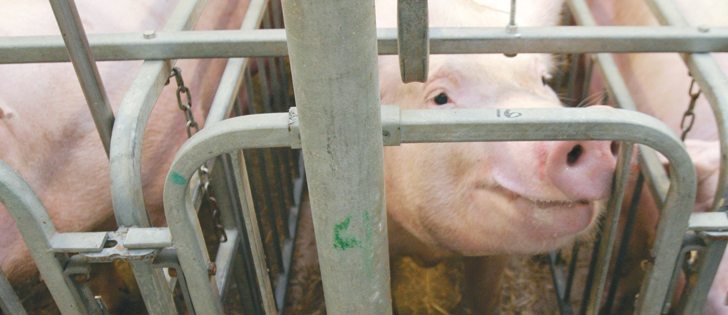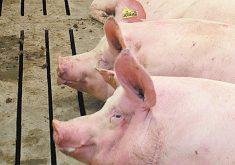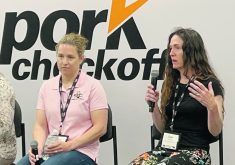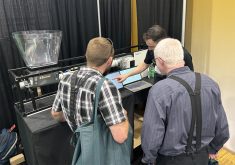Many U.S. producers won’t bow to pressure | Major hog show features equipment for both stalls and open housing
DES MOINES, Iowa — Traditional sow gestation stalls are still being built, despite public momentum to halt the practice of keeping sows confined during pregnancy, industry insiders said at the World Pork Expo.
“By no means are we seeing all new construction … moving in that direction (away from gestation crates),” U.S. National Pork Producers Council vice-president Dallas Hockman said in a briefing with reporters.
“It’s split.”
While the Expo’s trade show now has a hefty representation of open housing system suppliers, conventional systems were still on display.
Read Also
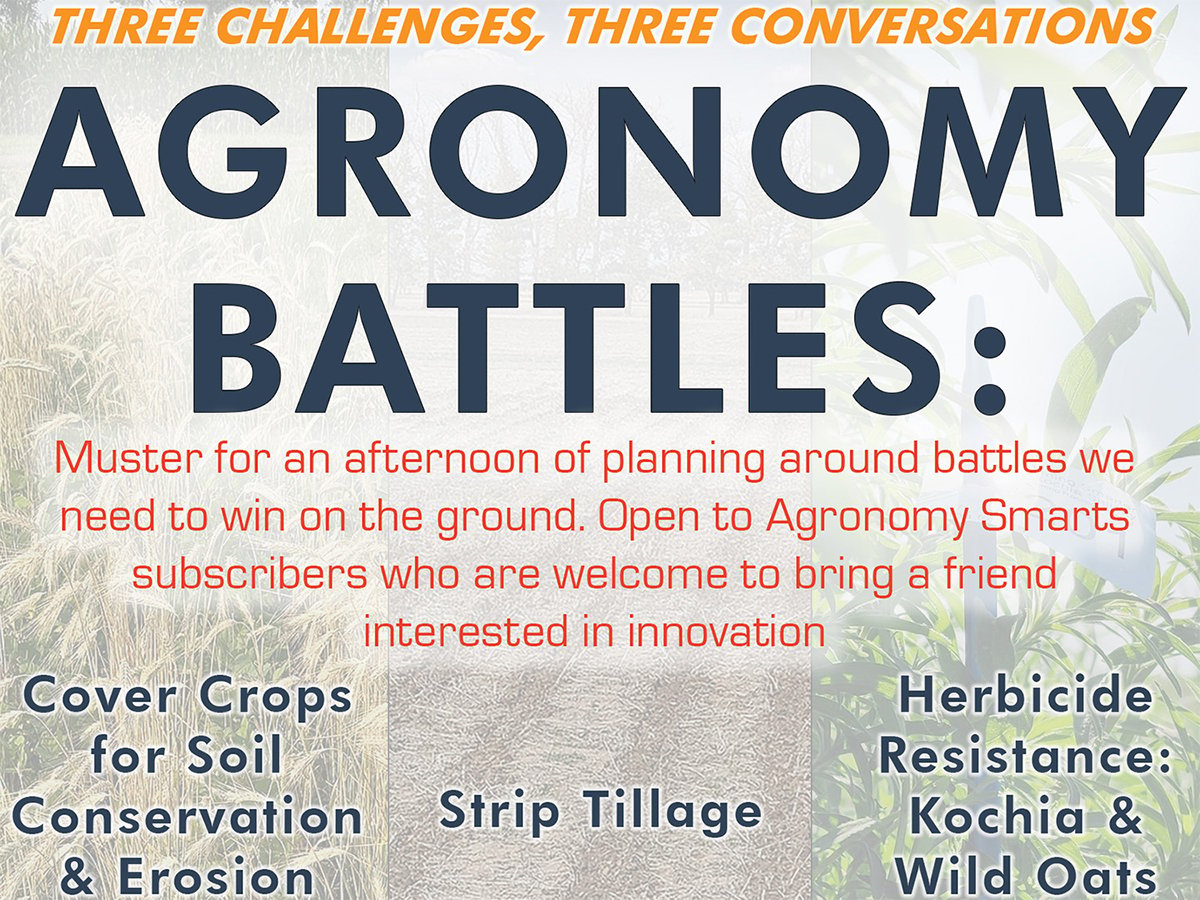
Farming Smarter to hold Agronomy Battles series
Southern Alberta non-profit research institute hope grassroots sessions with producers help focus future research on cover crops, strip tillage and herbicide resistance
Canada has effectively banned most gestation stall systems after 2025 and tightly restricted the types of systems that can be built after this year, but the U.S. situation remains wide-open.
Most of the big, vertically integrated hog and pork companies have announced plans to switch to group housing and have begun converting facilities. However, many independent producers have not yet determined how they will react to the campaigns bans against gestation stall systems.
Many farmers are waiting, but some have decided to forge ahead with new gestation stall systems.
“There are people still installing gestation stalls both in Canada and in the U.S., and there will be people that choose to do maintenance and keep the stalls they have,” said Curtis Littlejohn of Canadian manufacturer Canarm, which supplies SowChoice housing systems.
Most phase-out and ban dates on gestation stalls are years away, and some producers might be merely replacing worn-out steel for a few years before building a new barn.
Others are building convertible barns in which the stalls can be removed if necessary, industry people at the show said.
Some U.S. farmers are convinced that a sow stall ban will never occur in their area and they aren’t worried about the market implications of having stall-raised pigs. As a result, they have gone ahead with new barns using the old system.
Littlejohn said some Canadian farmers are planning to use gestation stalls but within the parameters set out within the new pig code. The code includes a provision for barns that use individual stalls but in which sows are regularly taken out and exercised.
“There are producers that are looking at the option of designing barns that are stall barns and then allowing segments of sows out on a rotational business to exercise,” said Littlejohn.
That spectrum of approaches to sow management means many of the system manufacturers are making both conventional gestation stalls and alternative systems, such as free-choice pens that sows can back out of and electronic sow-feeding systems.
Shifting from conventional sow stalls to alternative methods is a messy process for farmers and manufacturers, with the trend moving toward open housing but progress moving at an unsteady pace as farmers wrestle with regulations, maintenance requirements, finances and market outlook.


